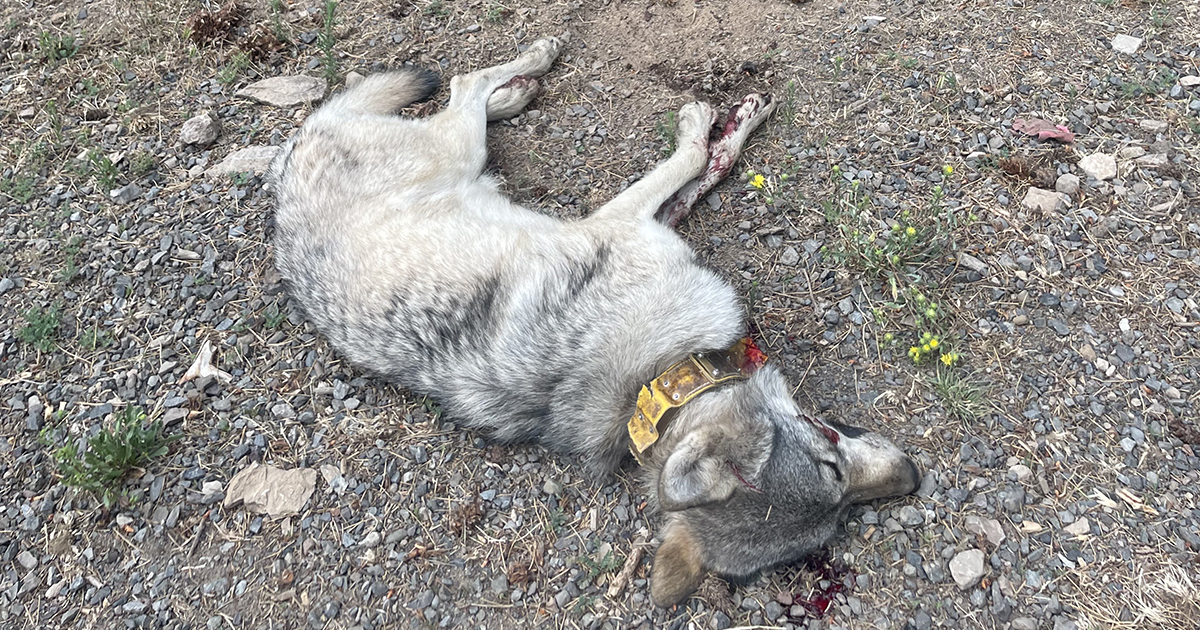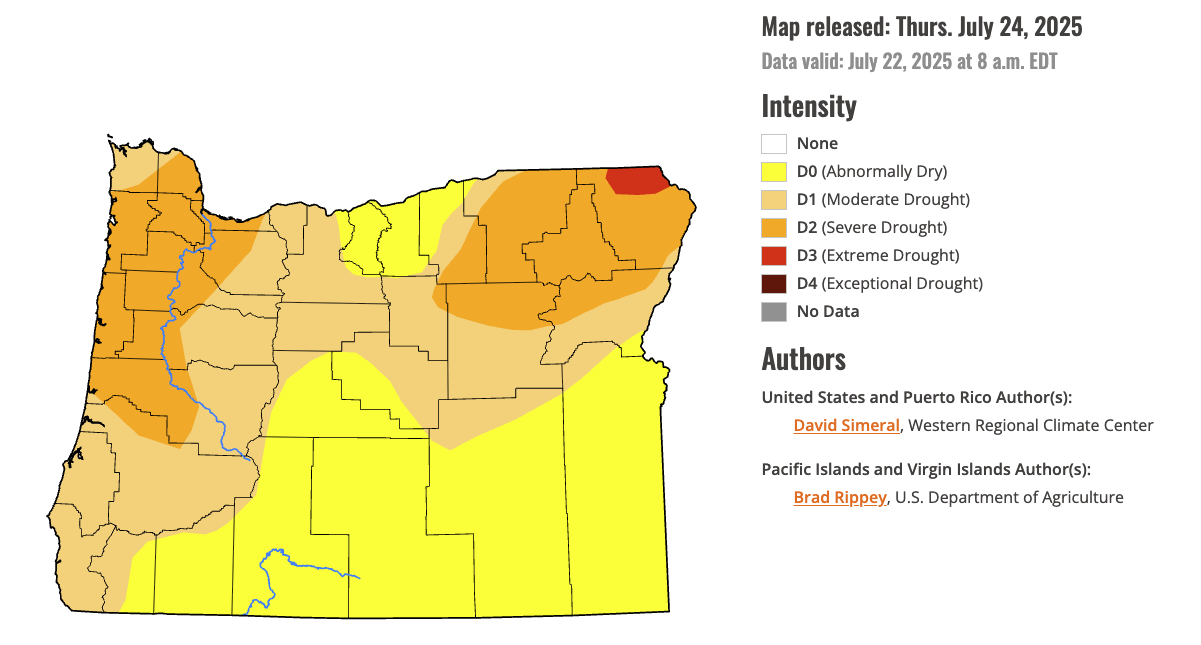ODFW reminds people to leave lone baby animals where they are
Published 8:30 am Friday, May 31, 2024

- Lone deer fawns are rarely orphans. According to the Oregon Department of Fish and Wildlife, in most cases fawns, as well as elk calves, have been hidden from predators by their mothers while the mother is feeding.
SALEM — Officials from the Oregon Department of Fish and Wildlife remind outdoor recreationists that if they come across a fledgling bird, deer fawn or elk calf alone, the animal most likely is fine and does not need human help.
Trending
Although people might instinctively feel they should “rescue” the animal, in almost every case the baby is better off being left.
These animals rarely are actual orphans, according to ODFW.
The bird could be learning to fly.
Trending
And the fawn or calf has been hidden by its mother to protect it from predators while she’s feeding.
Each year, well-intentioned people mistake an animal by itself as permanently abandoned or orphaned and remove it from the wild to “save” it. Instead, this action drastically reduces the animal’s lifespan, according to ODFW.
An animal removed from the wild misses the chance to learn where to seek cover, what to eat and how to escape from predators and other dangers — behaviors that humans who raise wildlife, even in the best circumstances, cannot teach.
When wildlife biologists get the call that someone has picked a young animal up, the advice is always the same: Put it back. The best thing you can do is just to leave it alone and don’t let your pets near it.
The outcome of a life in the wild is so much better than in captivity that ODFW will try to foster calves, fawns and ducklings removed from the wild with other herds or flocks — putting the young animal back in the wild with a herd or flock that isn’t its own in hopes another animal will raise it.
One way you can help wildlife is to keep your pets away. Domestic and feral cats kill millions of birds each year — and a fledgling learning to fly is the most vulnerable to a cat. Deer and elk see dogs as a threat to their young so may act aggressively in response.
Wildlife can also harm people once they are picked up. Deer and elk are naturally wary of humans, but if removed from the wild and raised by people they lose that fear and can go on to behave aggressively and threaten people.
What are the laws about picking up wildlife?
Because of the damage it can do to both wildlife and people, removing an animal from the wild is illegal in Oregon — ORS 497.308: No person shall remove from its natural habitat or acquire and hold in captivity any live wildlife in violation of the wildlife laws.
It’s a Class A misdemeanor. Penalties are always decided by a court, but the maximum penalty for a Class A misdemeanor is a year in jail and $6,250 fine.
When should I call a wildlife rehabilitator?
If you are certain an animal is orphaned because you saw its parent die, or you see an animal that is injured, please call ODFW, a licensed wildlife rehabilitator or Oregon State Police for advice.
Spaces at wildlife rehabilitators are limited, and most facilities take only certain species. So don’t count on space to be available once you make the mistake of picking up a young animal. In fact, you may be sentencing it to an early death by taking it out of the wild — so don’t do it unless the animal is truly orphaned or injured and until after you’ve talked to ODFW or a wildlife rehabilitator.
How can I help wildlife during a drought or heat wave?
The same rules apply even during hot summer months — it’s best to leave wildlife alone. That includes not feeding them, so don’t provide food or water.
Leaving out water or food for wildlife will attract them to your yard, and bring other problems like predators or disease. Feeding deer and elk could draw cougars or coyotes, and feeding any wildlife concentrates animals and makes them more vulnerable to a disease outbreak — including diseases that can spread to people, too. Feeding also makes wildlife less afraid of people, which puts both the animal and people at risk.
Here’s how to help instead
• Keeping pets and other domestic animals away is a better way to help wildlife this time of year. Pets will stress wildlife so keep them inside and away, especially if there are young wildlife or fledgling birds in your yard.
• Let vegetation grow and delay trimming of any trees or bushes, especially one with a bird nest.
• Make sure your bird feeders aren’t feeding other wildlife. Bird feeders can attract bear, raccoons, etc., so take them down if there are bear or raccoon problems in your area. You can also try hanging feeders from a wire at least 10 feet off the ground and 6 to 10 feet from the trunk of tree.
• Remove fruit that has fallen from trees, which will also attract bears, and secure your garbage cans so bears and raccoons can’t get into them. More tips at www.dfw.state.or.us/wildlife/living_with/black_bears.asp.
• Keep bird feeders clean. A record number of pine siskins and other birds have died in the past year in Oregon and the Pacific Northwest due to a salmonella outbreak. Take feeders down for several weeks if there are deaths at your feeder.









